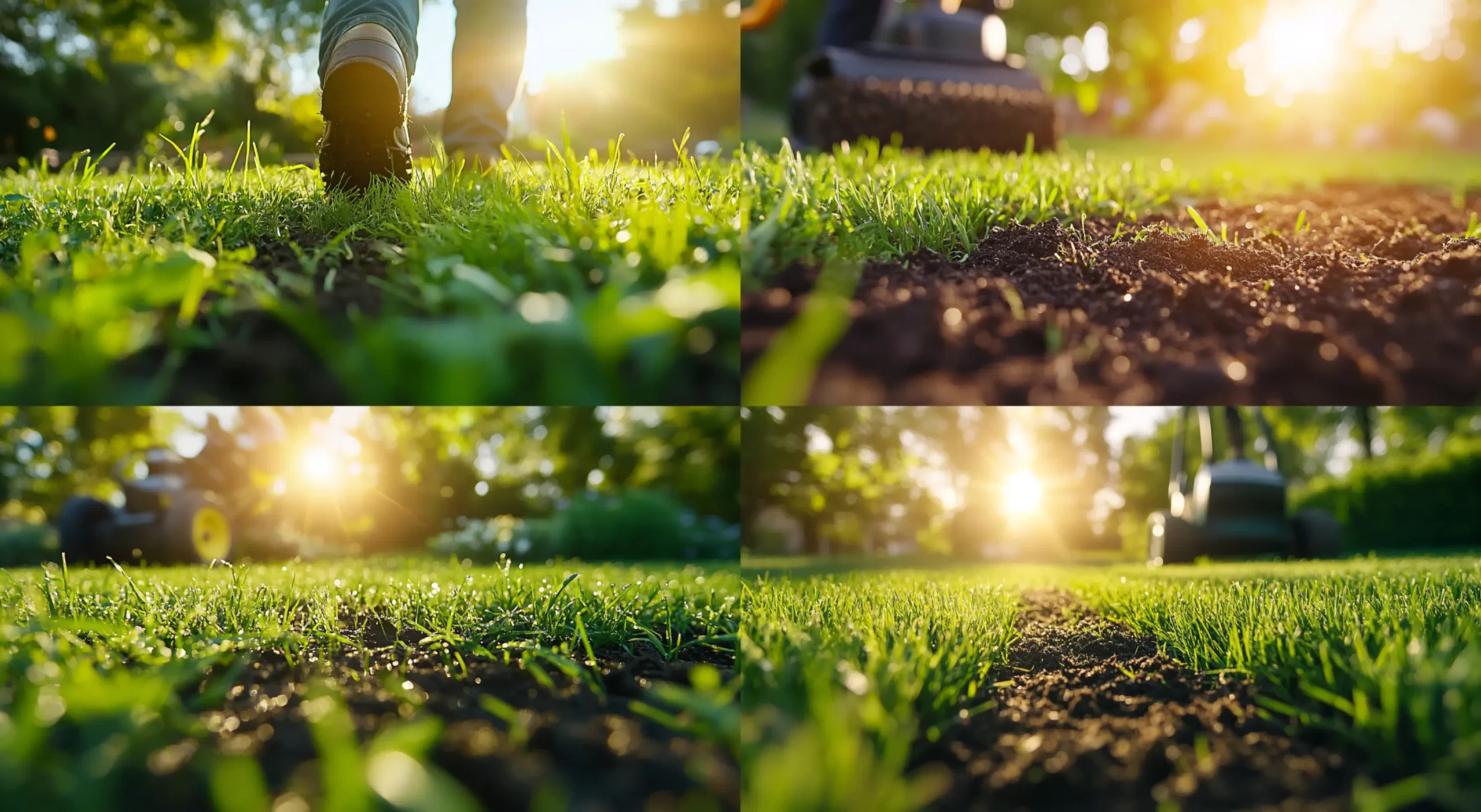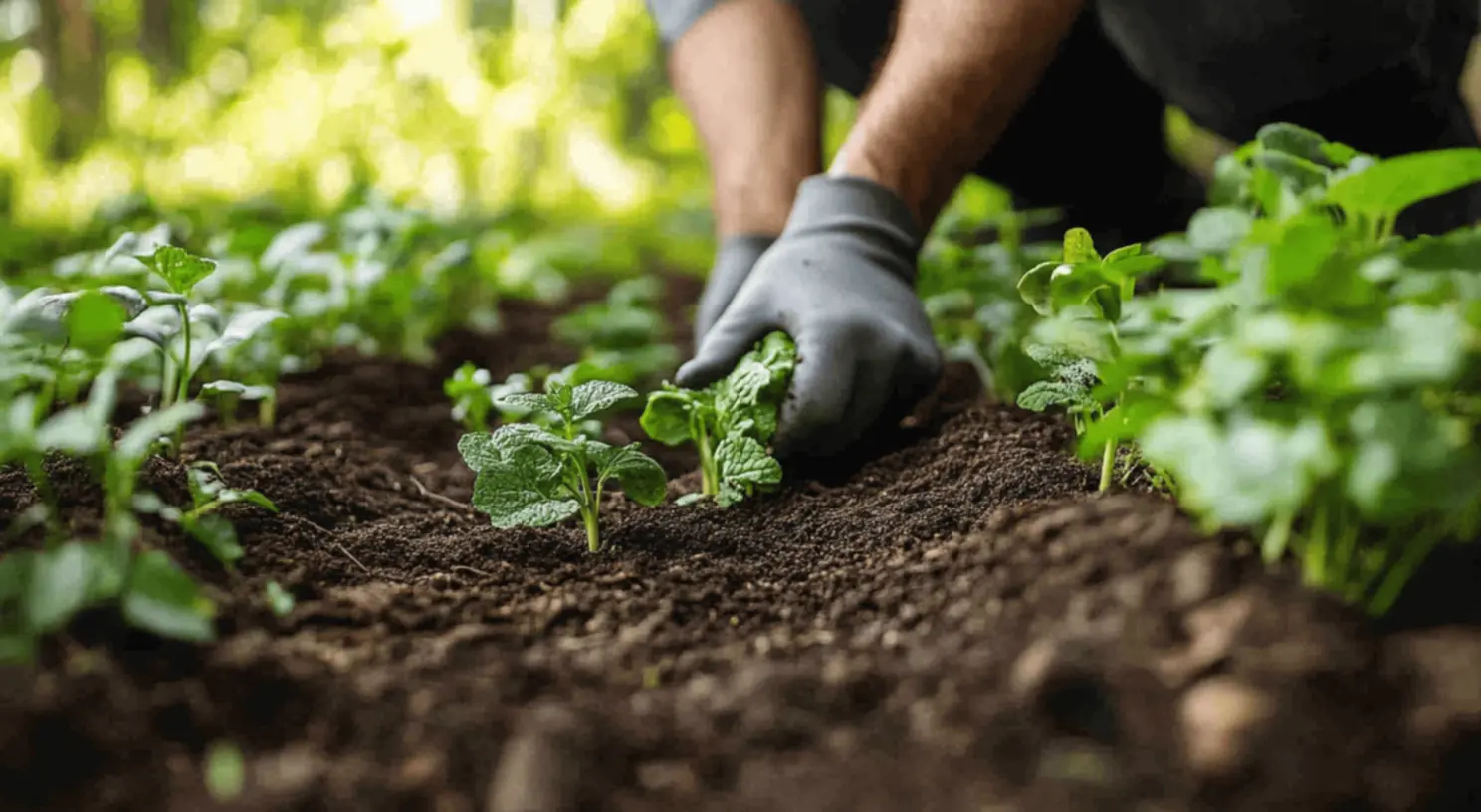Lawn Maintenance: Unlock the Secrets to a Thriving Green Oasis
Understanding Lawn Maintenance: Why It’s Essential
So, let’s talk about lawn maintenance, shall we? It’s not just about making your yard look pretty—it’s way more important than that! Taking care of your lawn is key to creating a healthy living space. When we put in the effort to maintain our lawns, we’re not just enhancing the scenery; we’re also encouraging biodiversity, giving a nod to native wildlife, and supporting sustainable practices.
Imagine having a vibrant green oasis right outside your door—a place where you can unwind, play, or just soak in some sun. That’s what lawn maintenance is all about, folks; it boosts your home’s curb appeal and is a source of pride for you and your neighbors!
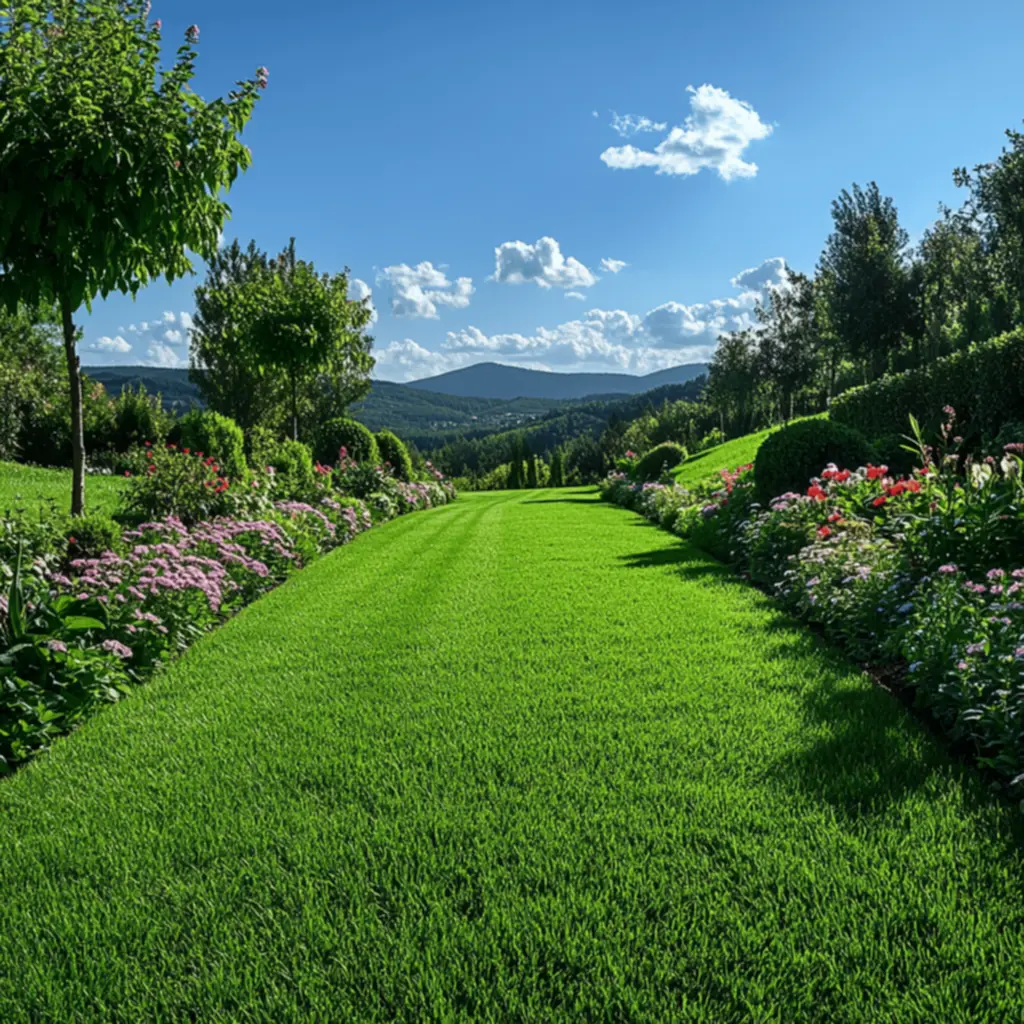
Now, let’s get real for a second. Keeping up with lawn maintenance isn’t just for the looks; it also comes with some solid practical benefits. A well-maintained lawn helps cut down on soil erosion and manages rainwater runoff, which means less flooding in your garden. The grass acts like a cozy blanket for the soil, keeping it cooler during the hot summer days and warmer when winter hits. Not only does this keep your landscape thriving, but it can help you save some cash on those heating and cooling bills, too.
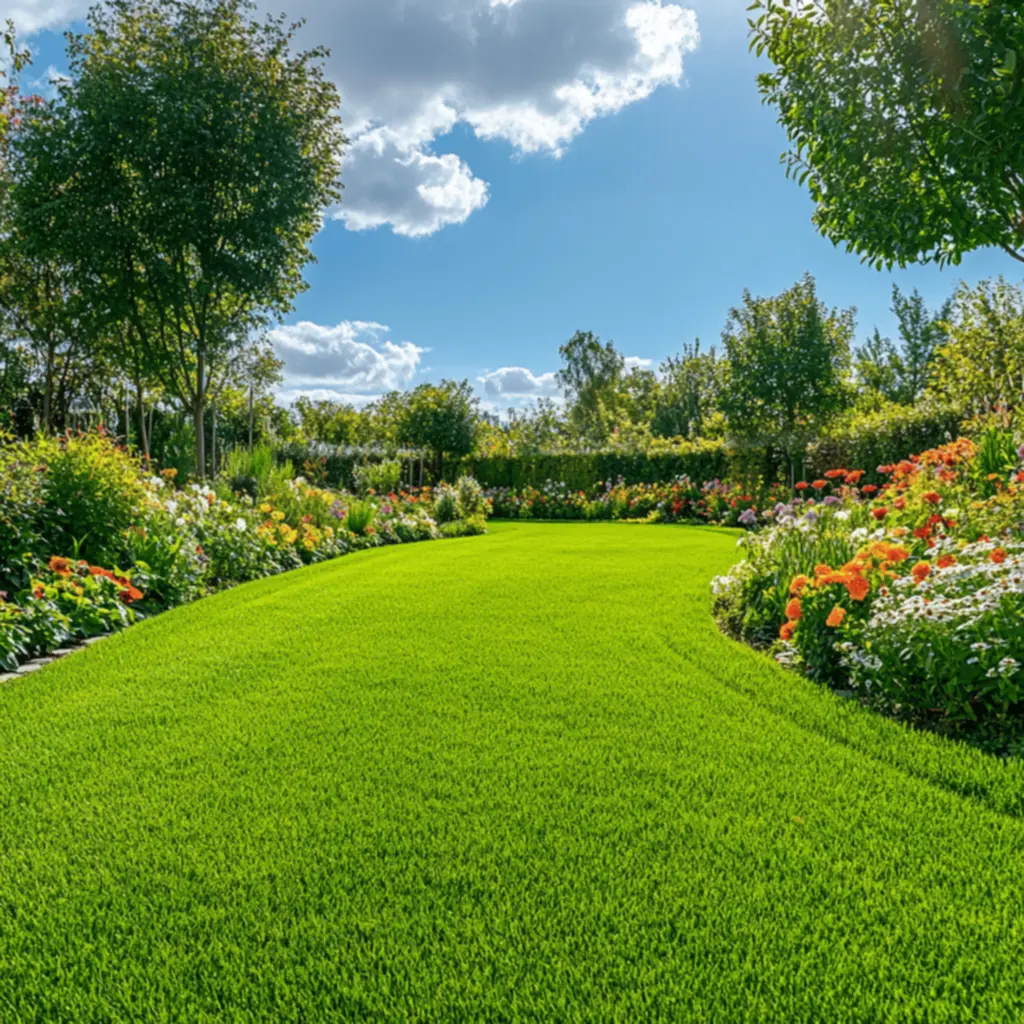
And here’s the kicker—getting your hands in the dirt and doing some lawn maintenance can be great for your physical and mental health. Whether you’re mowing the grass, watering, or planting new seeds, those little tasks are a fantastic way to connect with nature. Many people find it incredibly therapeutic. At 17Vibes, we really believe that taking care of your lawn can become a rewarding hobby, one that brings a real sense of fulfillment to your life.
Key Components of Effective Lawn Maintenance
Now that we’re on the same page about why lawn maintenance is crucial, let’s dive into the nitty-gritty of what it really takes. Achieving that lush lawn you dream of requires understanding some key components. First up: regular mowing. Keeping your grass at the right height is super important. It helps your lawn grow healthily while cutting down on the chances of pesky pests and diseases taking hold.
Next, let’s chat about watering. Your watering techniques can really dictate how well your lawn thrives, especially during those dry spells. And don’t forget fertilizing and aerating the soil—they’re game changers for your grass’s health, helping it endure whatever nature throws its way.
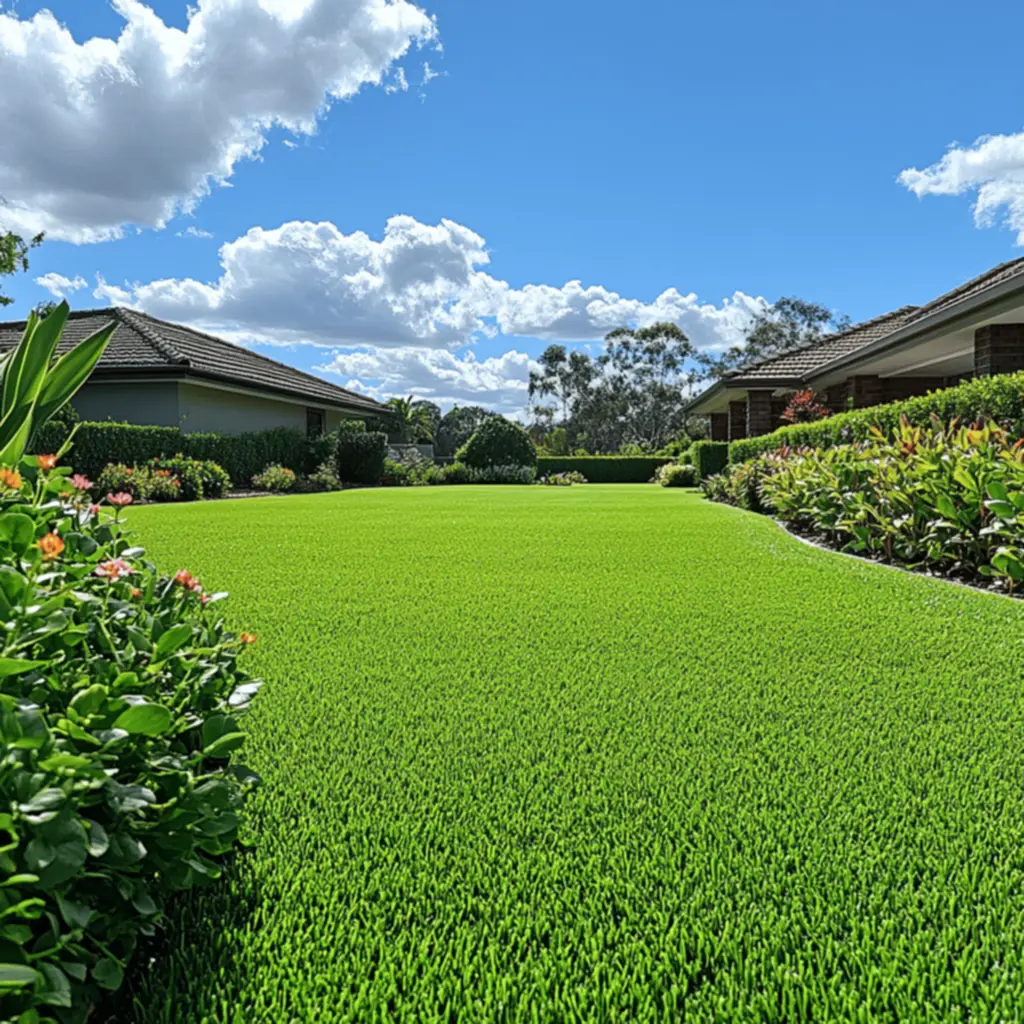
Plus, there are those seasonal care routines, like dethatching and overseeding, that play a big role in maintaining lawn density and fighting off those annoying weeds. When you strike a balance with all these elements, you’re creating a lawn ecosystem that’s truly robust.
Just keep in mind, lawn maintenance isn’t a one-and-done deal. It’s an ongoing process, and making regular assessments and adjustments is key to keeping everything looking fantastic throughout the year.
By grasping these critical components, you’ll be fully armed with the knowledge to take on lawn care with confidence. So whether you’re just sprucing up your backyard or managing a sprawling estate, these foundational practices will have you on the path to a flourishing, environmentally-friendly landscape.
The Importance of Regular Lawn Mowing
When we talk about lawn maintenance, regular mowing is basically at the core of it all. This simple task keeps your grass healthy and happy, leading to even growth while keeping those pesky weeds at bay. Letting your grass grow too long? Big no-no, my friend! It opens the door to pests and diseases that love to thrive in messy lawns. A neatly trimmed lawn looks fantastic and plays a major role in the overall health of your greenery.

Plus, did you know that mowing actually helps your lawn develop a stronger root system? Yep! When you cut the grass, it stimulates growth hormones that encourage the plant to grow denser and sturdier. This means your lawn is better equipped to handle stressors like drought or heavy foot traffic. Consistent mowing is essential for crafting a resilient lawn that can adapt to whatever the seasons throw at it.
Choosing the Right Mower for Your Lawn
Alright, let’s talk about how to choose the best mower for your yard. This is pretty crucial for successful lawn maintenance, you know? There are all sorts of mowers out there—from push mowers to riding mowers—each designed for different yard sizes and terrains. Got a tiny yard?
A push mower might do the trick. But if you’re dealing with a bigger lawn, you’re probably gonna want the ease of a riding mower. Plus, think about whether you prefer gas, electric, or reel mowers, as each type has a different impact on the environment and your wallet.
Making the right choice can turn mowing from a chore into a breeze, keeping your lawn looking top-notch.
Best Practices for Mowing Your Lawn
Now, let’s get into some best practices for mowing that can really make a difference in how your lawn flourishes. First off, always mow when the grass is dry. And here’s a tip: avoid cutting more than one-third of the grass height at a time. This helps prevent stress on your grass. Switching up your mowing pattern can also help. It prevents soil compaction and encourages those grass blades to grow upright. And please, keep those mower blades sharp! Dull blades will tear rather than cut, leaving frayed edges that are just begging for diseases to move in. Stick to these guidelines, and you’ll notice a boost in your lawn’s quality.
Watering Techniques for a Healthy Lawn
Let’s not underestimate how important watering techniques are when it comes to lawn maintenance. Proper hydration keeps your grass looking lush and vibrant, helping with nutrient absorption and root development. Knowing when and how much to water can seriously change the game for your lawn. Generally, a good rule of thumb is to water deeply once or twice a week—this way, the moisture reaches the roots rather than just sitting on the surface. Shallow watering? Nope, that can make the roots weak and leave your grass thirsty.
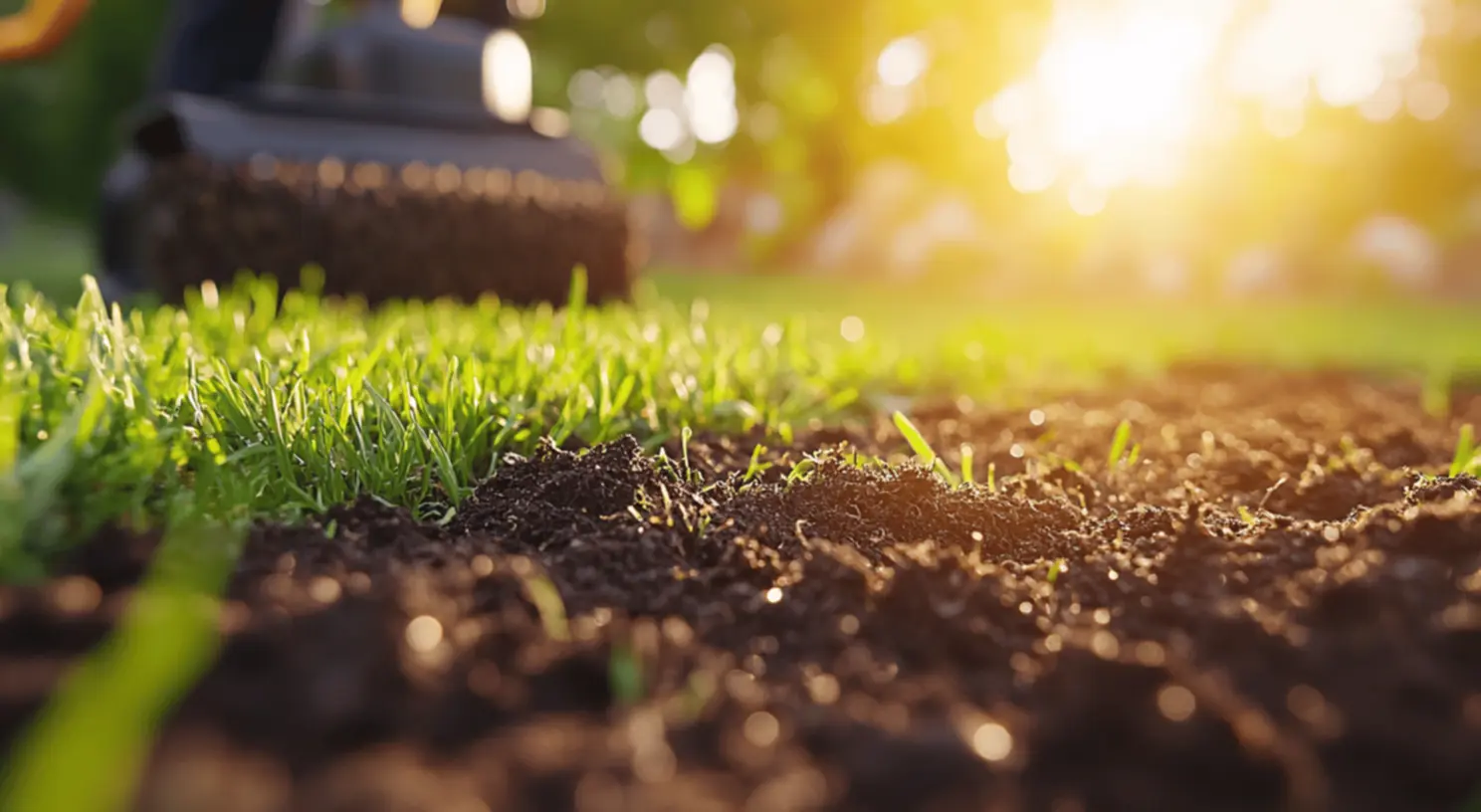
Also, timing is key! Early morning is typically the best time to water since it allows excess moisture to evaporate before the heat kicks in. Late evening watering? Avoid that if you can, because too much moisture overnight can lead to those pesky fungal diseases. If you nail the watering techniques, you’ll create a dynamic environment that really supports healthy grass growth.
Optimal Watering Schedules
If you want to keep your lawn miraculously healthy, setting up an optimal watering schedule is vital. Different grass types have their own water requirements, so it’s essential to tailor your approach to what you’ve got growing.
A lot of lawns do well with around an inch of water each week, including any rainfall. This can be adjusted depending on the season and actual rain you’re getting. And hey, a rain gauge can be a handy tool to measure how much you’re giving your lawn, so you can tweak things as needed.
Keeping an eye on your watering habits not only conserves water but also boosts the health of your grass like you wouldn’t believe.
Signs of Underwatering and Overwatering
Now, it’s really helpful to know how to spot the signs of underwatering and overwatering. Trust me, catching these early can save your lawn from a lot of distress. If your grass blades are looking wilted or take on a bluish-gray hue, it’s likely your lawn is in need of a drink.
On the flip side, if the ground feels soggy and you start seeing yellowing grass or water pooling, that’s a red flag that you may be overwatering. Learning to read these hints will help you adjust your maintenance routine, keeping your hydration levels balanced and your lawn lush and vibrant.
Fertilizing Your Lawn: A Guide to Growth
Now, let’s dive into fertilizing—it’s such a key step for encouraging robust grass growth. The right nutrients can really supercharge your lawn, leading to strong roots and that gorgeous green color we all want. It’s essential to understand the difference between the types of fertilizers out there, like organic versus synthetic, so you can make informed decisions.
Organic fertilizers typically boost soil health and promote microbial activity, while synthetic options can provide a quick nutrient lift. Both have their role in lawn maintenance, depending on your gardening style and what your lawn needs.
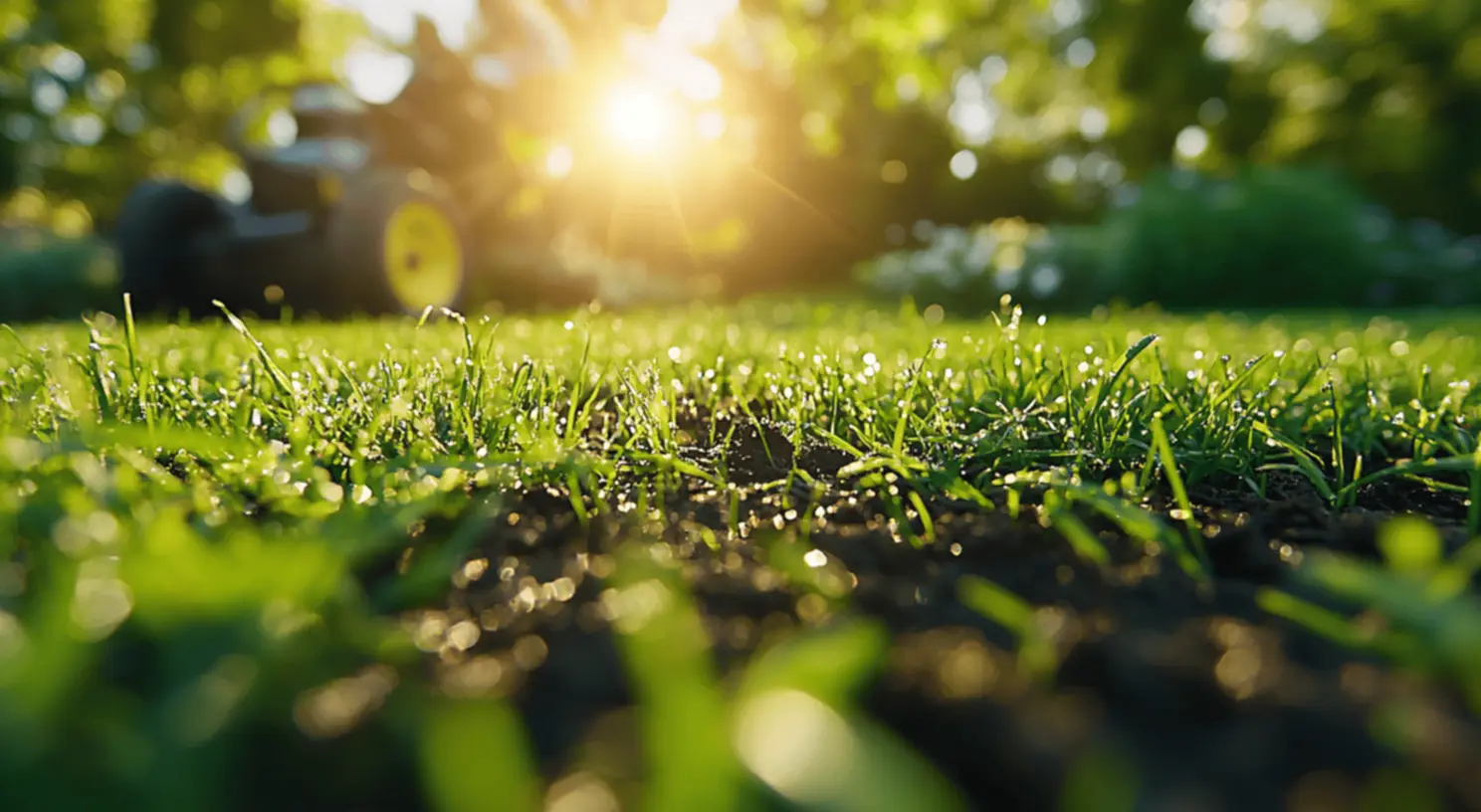
Timing your fertilization right is equally important. Spring is usually the prime time for a nitrogen-rich fertilizer to give your lawn a good growth kick, while applying fertilizer in the fall can help your grass prep for winter. When you get this right, you’ll set your lawn up to withstand pests, drought, and wear and tear, resulting in a beautiful landscape that you’ll take pride in.
Types of Fertilizers: Organic vs. Synthetic
When tackling the world of lawn fertilization, the choice between organic and synthetic fertilizers can feel like a bit of a conundrum. Organic fertilizers come from natural sources and are known for improving soil health over time, encouraging beneficial microbial activity.
Meanwhile, synthetic fertilizers provide a quick nutrient boost that can be effective when immediate concerns arise. Both options have their benefits and drawbacks, so figuring out what your lawn needs and what aligns with your maintenance goals will help steer your decision in the right direction.
When and How to Fertilize Your Lawn
Understanding when and how to fertilize properly is crucial for promoting that healthy growth we’re after. Generally, early spring and fall are prime times to do your thing. Just remember to spread fertilizer evenly, avoiding overlapping to prevent any burn marks on your grass.
If you can get your hands on some slow-release fertilizers, they can offer a steady supply of nutrients over time—this means you won’t have to keep fertilizing so often. Always stick to the manufacturer’s guidelines on how much to use and when for maintaining a healthy lawn.
The Role of Aeration in Lawn Health
Aeration is that vital practice we often overlook in lawn maintenance, but trust me, it’s a game changer. Basically, aeration involves perforating the soil to allow air, water, and nutrients to reach those precious roots.
This process can reduce soil compaction, which often limits root growth and messes up your watering and fertilizing efforts. Getting in there to aerate once or twice a year really supports deeper root development, better drainage, and encourages the action of all those beneficial microbes.
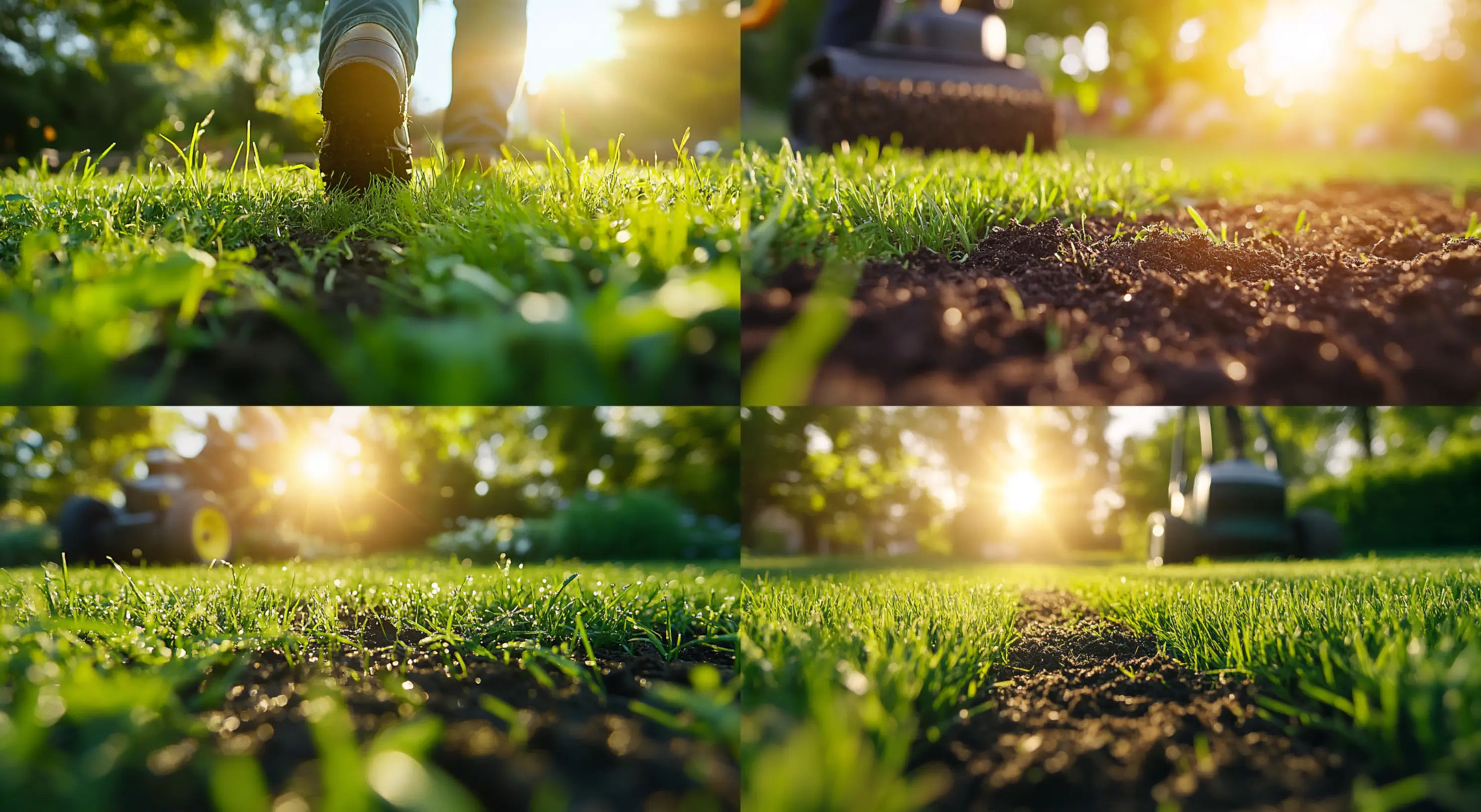
And here’s the extra benefit: regular aeration can tackle problems related to thatch build-up, which can choke off those important nutrients. By aerating your lawn, you’re fostering a healthier ecosystem that not only looks good but stands strong against environmental stressors.
Seasonal Lawn Care: Preparing for Change
You CANNOT overlook seasonal lawn care! It’s essential for keeping your lawn looking great as it shifts through the seasons. Depending on where you live, your grass will have different needs throughout the year. In early spring, make sure you focus on fertilizing and aeration so your lawn is ready to spring into the growing season.
Then, as summer rolls in, proper mowing and watering become super important to help your lawn deal with heat stress and dryness.
And don’t forget fall! Your lawn will need some extra TLC as it gets ready to kick into dormancy. This is the perfect opportunity for overseeding and giving it a final fertilizer boost to strengthen those roots before winter makes its appearance.
By staying on top of these seasonal changes, you’re ensuring your lawn remains vibrant and healthy all year round.
Dethatching: Benefits and Techniques
Let’s not forget about dethatching—it’s a must-do in seasonal lawn care. This process gets rid of that build-up of organic debris that can suffocate grass roots and stunt their growth. Known as thatch, this build-up creates adverse conditions for air and water absorption.
By taking the time to dethatch your lawn, you’re significantly enhancing its overall health. When done right, dethatching can lead to impressive root penetration and really boost the effectiveness of your watering and fertilizing efforts. Best practice? Use a dethatcher tool or a specialized rake to remove thatch, ideally in early spring or fall when your lawn is in growth mode.
Overseding: Enhancing Lawn Density
Overseding is all about throwing down grass seeds over an existing lawn to boost its density and overall appearance. This technique can be a real lifesaver if your grass is looking a little thin or patchy. By adding new seeds, you encourage strong, vigorous growth and help fight back against weeds that might want to move into those bare spots.
Fall is generally the best time to overseed, thanks to the cooler temperatures and increased moisture that aid in seed germination. With consistent watering and care, you’ll transform your lawn into a thick, beautiful green carpet!
Maintaining a Weed-Free Lawn Naturally
Weed control is a crucial part of landscaping and really makes your lawn stand out. Weeds aren’t just the enemy of your grass; they’re competing for crucial nutrients, water, and sunlight. To effectively manage these unwanted guests, a mix of cultural, mechanical, and natural methods works best. Think regular mowing, appropriate watering, and ensuring your grass gets enough sunlight. All of this fosters a hearty lawn that can fend off weed outbreaks.
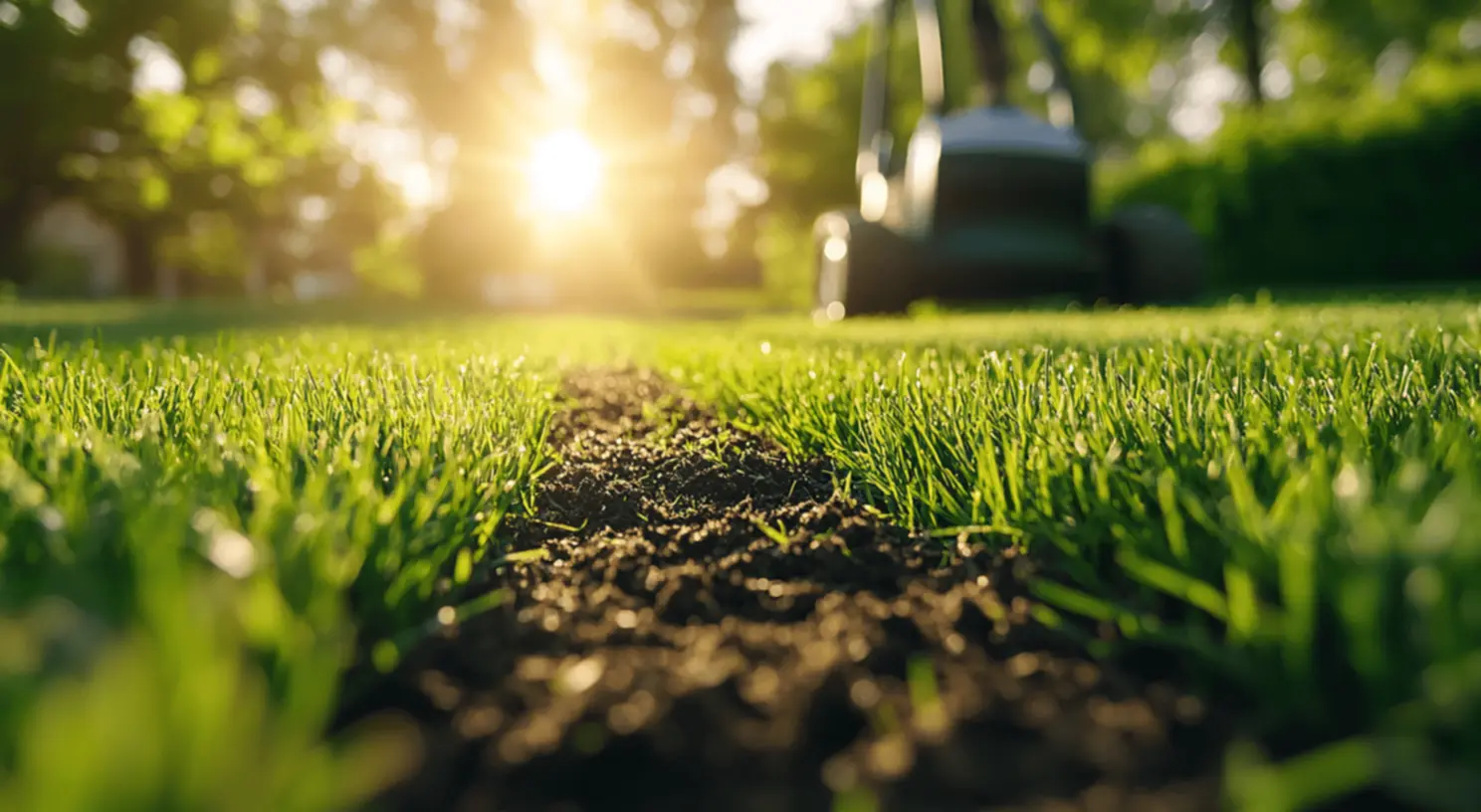
Plus, don’t forget about mulching and using ground cover plants—they can help suppress weeds while elevating your garden’s visual appeal. By keeping your lawn lush and dense, you’ll dramatically reduce the chances of weeds taking hold, making it the beautiful outdoor space you’re proud to hang out in all year long.
Understanding Lawn Pest Control Solutions
Lawn pest control is yet another vital piece of the lawn maintenance puzzle. Pests can really mess up your landscape and negatively impact grass health. Getting to know the common lawn pests in your area equips you to strategize effective control methods. Keeping a regular watch on your lawn and sticking to a solid care routine can help keep these nuisances at bay, leading to that vibrant turf you strive for.
Also, good cultural practices—like mixing it up with your plantings and rotating crops—can help keep many pests away while boosting your lawn’s resilience. Being proactive in pest management creates a healthy lawn environment that minimizes the need for harsh chemicals.
Organic Pest Control Methods
When it comes to dealing with lawn pests, organic pest control methods can be pretty effective and are so much safer for the environment and your loved ones. Introducing beneficial insects like ladybugs or lacewings can create a natural balance that controls pest populations. You can also turn to garlic and neem oil sprays to ward off pests without harming the helpful bugs or pollinators we all love. Using these methods as part of a broader pest management strategy can lead to sustainable solutions that effectively protect your lawn while being kind to Mother Nature.
Recognizing Common Lawn Pests
Knowing how to spot common lawn pests is essential for effective pest control. You’ll want to be on the lookout for the usual suspects like grubs, chinch bugs, and armyworms. Each of these little critters calls for different management tactics, so being able to recognize their signs is critical. If you see patches of dead grass or increased insect activity, you might be facing a pest problem. Identifying these issues early on lets you jump in with the right solutions and keeps your lawn healthy.
Creating a Sustainable Lawn Maintenance Plan
Developing a sustainable lawn maintenance plan is not only crucial for your lawn’s long-term health, but it also shows some love to Mother Earth. Understanding what your lawn needs and how local climate and soil affect its growth will guide you as you craft your plan. Focus on practices like proper watering schedules, organic fertilization, and smart pest control to create a well-balanced ecosystem.
Remember, a sustainable lawn does more than beautify your landscape; it contributes to biodiversity and the overall health of the environment. By planting native species and encouraging beneficial insects, you’ll cultivate a vibrant yard that thrives on minimal intervention. Here at 17Vibes, we believe in taking an eco-friendly approach to lawn care that highlights and respects the natural environment around us.
Common Lawn Maintenance Mistakes to Avoid
Avoiding common pitfalls in lawn maintenance can be a real game changer. One of the most common mistakes folks make is overwatering, which can lead to fungal issues and shallow root systems. Plus, skipping good mowing techniques or not adjusting the mower height can hinder grass growth and add undue stress. And let’s not overlook the risk of applying too much fertilizer, which can end up burning your grass and throwing the ecosystem out of whack.
Understanding these typical missteps helps you refine your lawn care habits. Taking the time to actively engage in your maintenance plan means you’re working towards a lush, healthy lawn that could easily become the envy of the whole neighborhood.
| Component | Description | Frequency |
|---|---|---|
| Mowing | Keep grass at the right height to promote health. | Weekly |
| Watering | Deep watering to reach roots. | 1-2 times/week |
| Fertilizing | Provide nutrients for growth. | Spring and Fall |
| Aeration | Improve soil quality and root development. | 1-2 times/year |
| Dethatching | Remove organic debris. | As needed |
Tools and Equipment for Lawn Maintenance Success
So, let’s talk tools—having the right gear can make all the difference for successful lawn maintenance. You’ll want the basics like a trusty mower, a solid watering system, and a quality rake as foundational items. But investing a bit more in additional gear, like an aerator or dethatcher, can seriously speed up your lawn care game. Quality tools can reduce frustration and boost your efficiency when it comes to maintaining your green space.

And don’t forget to take care of your tools! Regular cleaning and sharpening of mower blades can help them last longer and perform at their best. When you’ve got the right and well-maintained tools in your arsenal, you might find that keeping your lawn in check is not only manageable but actually pretty enjoyable.
Tips from Experts: Lawn Maintenance Best Practices
Listening to expert advice can give you all sorts of handy insights into effective lawn maintenance. They often stress how important it is to know your soil type and grass species so you can tailor your care practices accordingly. A yearly soil test can shed light on nutrient deficiencies and guide your fertilizing choices, keeping you a step ahead.
Another tip experts often share is to pay attention to how your lawn reacts to weather changes and to adjust care practices based on that. Keeping a log of what you do—watering, fertilizing, pest activity—can help you see patterns that will inform future maintenance. These nuggets of wisdom can level up your lawn care game, leading to a sustainable and beautiful landscape.
Conclusion: Your Journey to a Lush, Vibrant Lawn
At the end of the day, your journey toward a lush, vibrant lawn kicks off with a solid understanding of the essential principles of lawn maintenance. Embracing the key components—from regular mowing and watering to diligent fertilization and pest management—will allow you to create a stunning landscape that not only complements your home but also enhances your surroundings.
By adopting sustainable practices and learning from both your triumphs and hiccups, you can cultivate a thriving lawn that brings years of joy and beauty. And remember, at 17Vibes, we’re right here to support you every step of the way, ensuring that your lawn maintenance journey is as rewarding as it can be. Let’s get this green journey started together!
